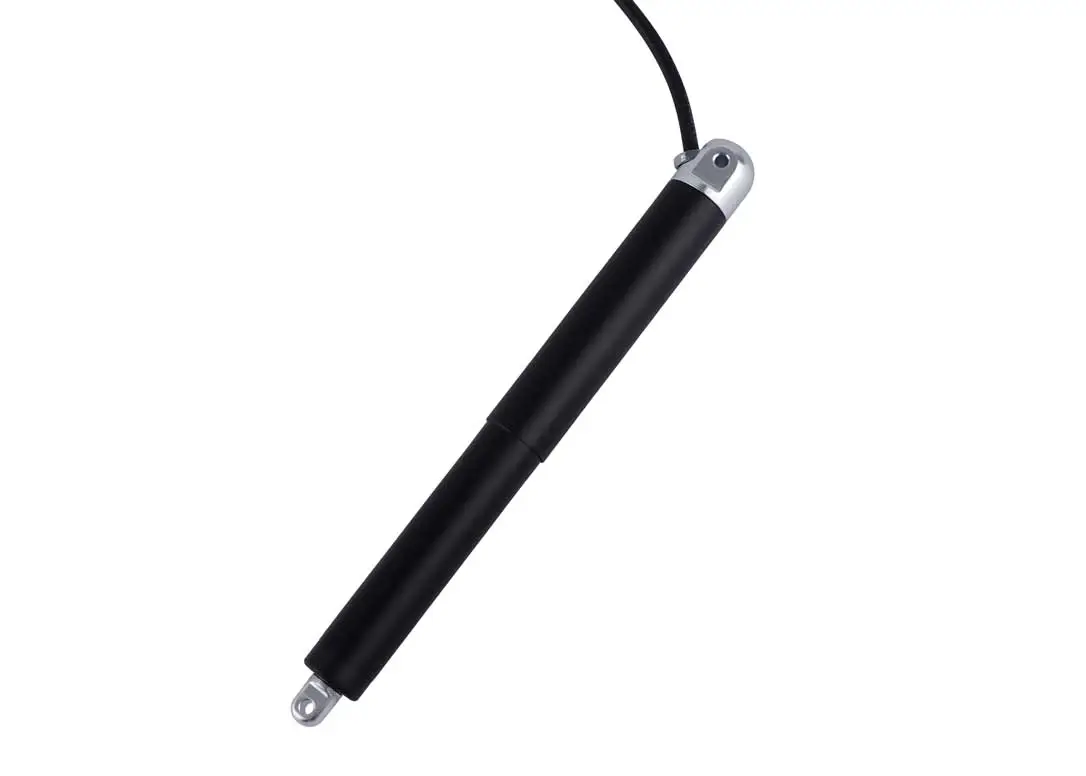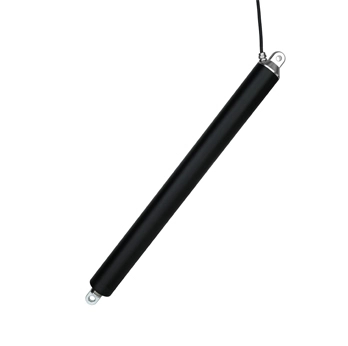Linear actuators play a crucial role in various automation and robotics applications. They convert energy into linear motion, which is essential for tasks requiring precise movement and control. Whether in manufacturing, automotive, or aerospace industries, understanding the different types of linear actuators is vital for selecting the right one for your needs.
What are Linear Actuators?
Linear actuators are devices that create motion in a straight line, as opposed to rotary motion. They are used to drive or control mechanical systems by converting various forms of energy into linear movement. The types of energy used include electrical, pneumatic, hydraulic, and mechanical, each offering unique advantages depending on the application.
Types of Linear Actuators
There are four main types of linear actuators, each suited to different tasks and environments. Understanding these types can help you choose the best actuator for your application.
Electric Linear Actuators
How They Work
An electric linear actuator uses an electric motor to create linear motion. The motor drives a screw or gear mechanism, which moves a rod or platform in a straight line. This type is known for its precision and ease of control.
Advantages and Disadvantages
Electric actuators offer high precision, control, and ease of integration with electronic systems. However, they may not be suitable for environments with extreme temperatures or where high force is required.
Common Applications
Electric actuators are widely used in applications requiring precise control, such as robotics, medical devices, and automated manufacturing systems.

Pneumatic Linear Actuators
Mechanism of Action
Pneumatic actuators use compressed air to produce linear motion. Air pressure is applied to a piston within a cylinder, causing it to move. This type is favored for its speed and simplicity.
Pros and Cons
Pneumatic actuators are known for their speed and ability to handle high-cycle rates. However, they require a consistent air supply and may not provide as much control or force as electric or hydraulic actuators.
Typical Uses
They are commonly used in manufacturing environments for tasks such as assembly line automation and packaging.
Hydraulic Linear Actuators
Operating Principles
Hydraulic actuators use pressurized fluid to create motion. The fluid is pumped into a cylinder, causing a piston to move. This type of actuator is known for its ability to generate high forces.
Benefits and Drawbacks
Hydraulic actuators are powerful and can handle heavy loads. They can be complex and require maintenance to ensure the fluid remains uncontaminated and at the correct pressure.
Common Applications
These actuators are often found in heavy machinery, aerospace applications, and situations where substantial force is necessary.
Mechanical Linear Actuators
How They Operate
Mechanical actuators use a mechanical mechanism, such as a lead screw or rack and pinion, to create linear motion. They convert rotary motion into linear movement through mechanical components.
Advantages and Disadvantages
Mechanical actuators are robust and can handle significant loads. However, they may require more maintenance and can be slower compared to other types of actuators.
Use Cases
They are typically used in applications where simplicity and durability are critical, such as in certain types of industrial equipment.
Comparison of Linear Actuator Types
Performance Metrics
Each type of actuator has its strengths and weaknesses. Electric actuators excel in precision, pneumatic actuators in speed, hydraulic actuators in force, and mechanical actuators in durability.
Cost vs. Benefit Analysis
Choosing the right actuator involves balancing performance with cost. Electric actuators are usually more expensive but offer high precision, while pneumatic and hydraulic actuators may provide better performance at a lower cost for specific applications.
Choosing the Right Actuator
The best actuator for your needs will depend on factors like load capacity, speed requirements, and environmental conditions.
Factors Influencing Selection
Load Capacity
The actuator must be able to handle the load it will be subjected to. Each type has different load capacities, so consider the weight and force requirements of your application.
Speed and Stroke Length
Different actuators offer varying speeds and stroke lengths. Ensure the actuator you choose meets the speed and movement range needed for your application.
Linear actuators are essential components in many automated systems, each type offering unique advantages. Understanding the different types and their applications helps in selecting the most suitable actuator for specific needs.
 DDTG-16 Micro Tubular Linear Actuator
DDTG-16 Micro Tubular Linear Actuator
 DDTG-28 Micro Tubular Linear Actuator
DDTG-28 Micro Tubular Linear Actuator
 DDTG-38 Micro Tubular Linear Actuator
DDTG-38 Micro Tubular Linear Actuator













